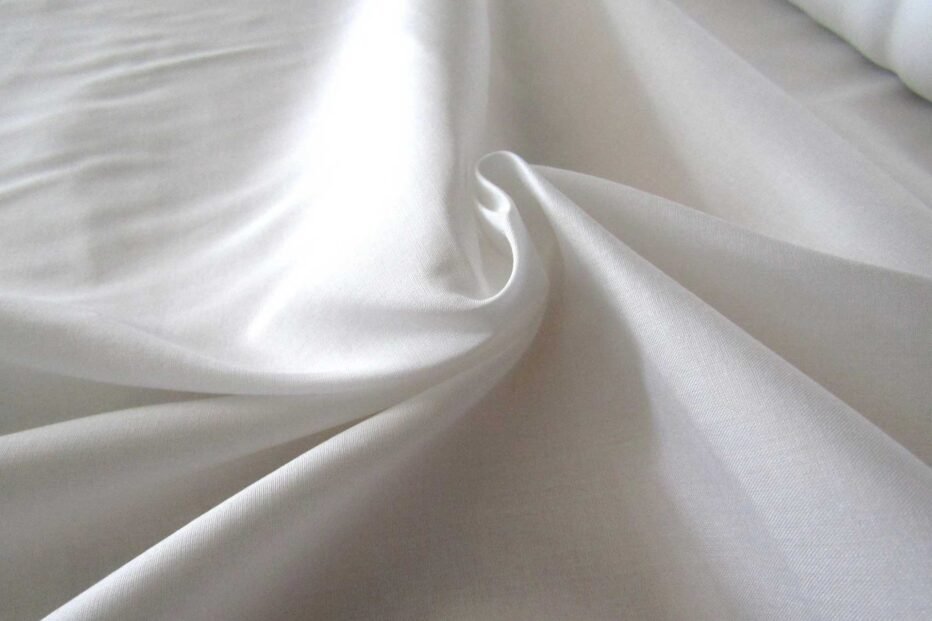
Description
A very strong plant fiber with outstanding biodegradability.
Bamboo is a natural bast fiber obtained from the pulp of bamboo plants. It can be processed into two major types of fiber: bamboo linen and bamboo viscose, which is the method used for the majority of bamboo fabric. Bamboo fiber is usually blended with other materials to make fabric.
Background
Story
Bamboo fiber originated in China, and was mainly used to make paper. Historically, it was also used for structural elements, such as bustles and the ribs of corsets. In the 20th century, the popularity of bamboo within the clothing industry grew, especially because of its environmental friendliness
Manufacturing
There are two ways to process bamboo into a textile: mechanically or chemically.
The mechanical process includes crushing the woody part of the plant and then applying natural enzymes to break the bamboo cell walls, creating a mushy mass. The natural fibers can then be mechanically combed out and spun into yarn. The fabric that results has a similar feel to linen. Very little bamboo material is produced this way since it’s labour intensive and expensive.

Expertises
Characteristic
- Lightweight, silky and soft
- Durable
- Highly breathable, and cool to wear summer
- High elasticity & Absorbs and releases moisture very quickly
- UV resistant
- Anti-bacterial and fungal resistant due to the bio-agent “bamboo kun*”
- Hypoallergenic
- Wrinkle resistant
- Anti-static
Biodegradable
Bamboo: The Plant
The premise that bamboo textiles are eco-friendly is largely based on the sustainability merits of the plant. Part of the grass family, bamboo is the fastest growing plant on Earth (giant kelp is second). Instead of taking centuries to mature, like hardwood, bamboo can be harvested after only 3 to 5 years.
Bamboo Textile Production
The good news is that some facilities have started using more benign technologies to chemically-manufacture bamboo fibers. The process used to produce lyocell from wood cellulose can be modified to use bamboo cellulose. In addition to using less toxic chemicals, the bamboo can be processed in a closed loop system whereby 99.5% of the chemicals are captured and recycled to be used again. The lyocell process is also used to manufacture TENCEL®, a fabric used by Patagonia among others.
Bamboo Labeling: “Rayon from Bamboo”
In response to the over-zealousness of companies to market bamboo textiles as super-eco and generally awesome, in the past year both the Competition Bureau of Canada and United States Federal Trade Commission have dealt with the issue of accurately labeling textile articles derived from bamboo.
Social
12k followers
30k likes
Youtube
22k subscribers
8k followers
Have a project in mind?
If you have a great idea, reach out to me. Whether it is a small or big project, I will listen first and get back to you with a plan.

